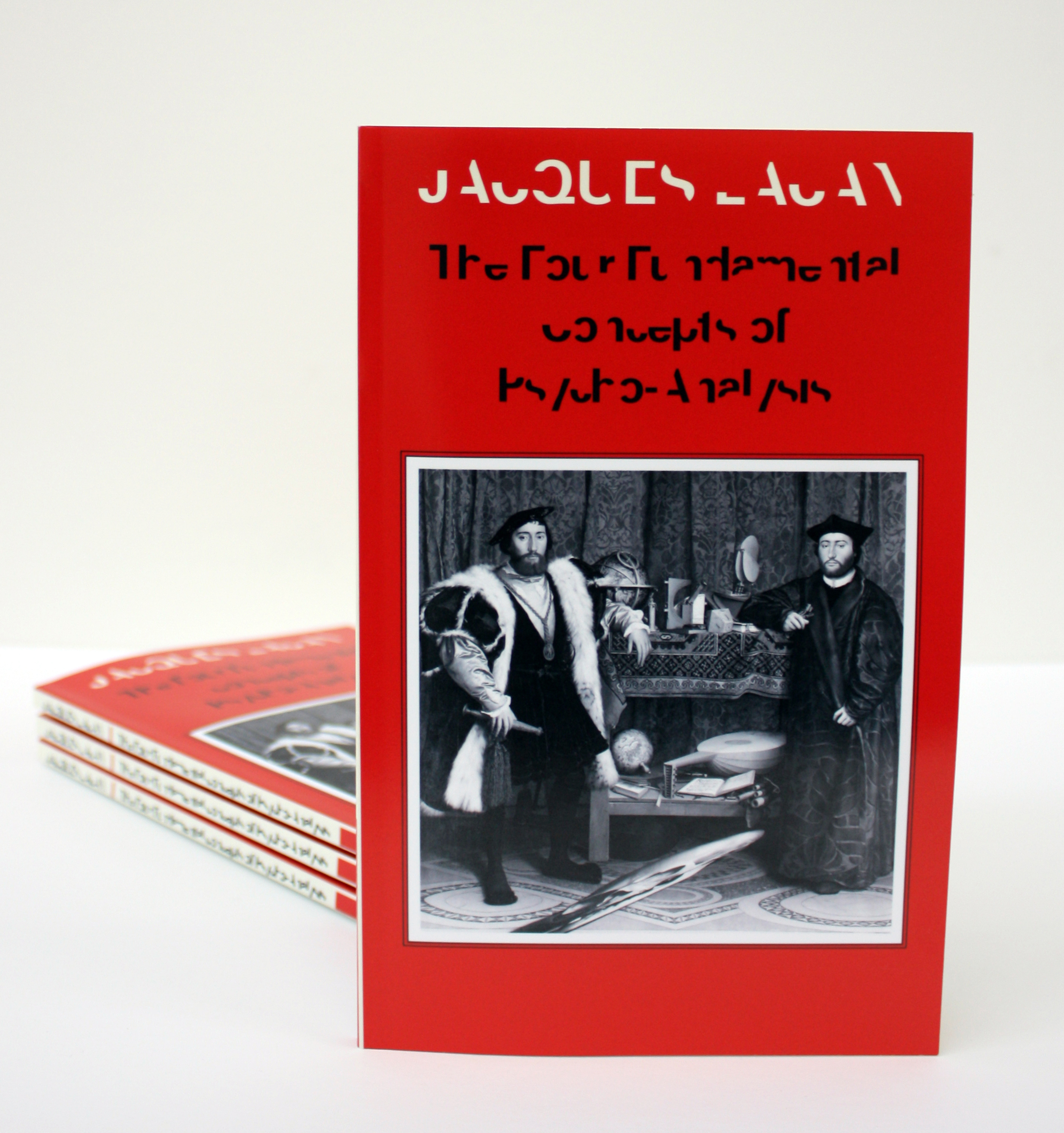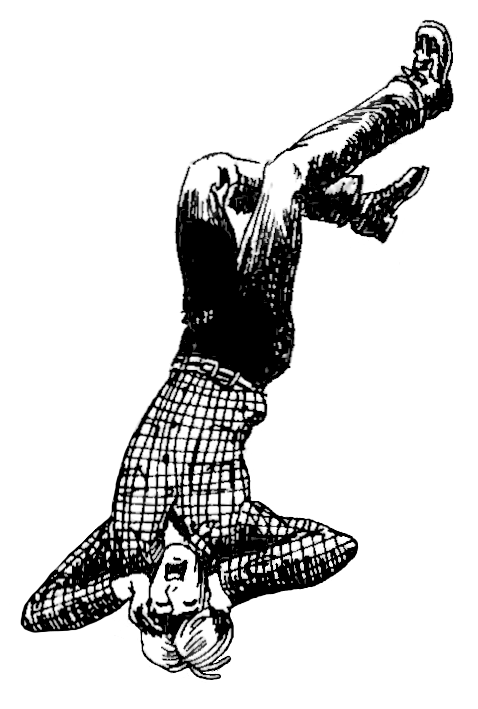The Four Fundamental Concepts of Psycho-analysis: A Selection
Artist’s Statement
The Four Fundamental Concepts of Psycho-analysis: A Selection is a typographical artwork inspired by appropriation art, conceptual writing, and visual poetry. In its complete form as a 142-page printed book, the project operates as a “selection” of Jacques Lacan’s classic text (first published in English in 1977) in at least two senses: first, as an editorial selection of approximately half the lectures included in the original volume; second, as a graphical erasure of approximately half the ink used in the original publication of the selected sections, a result achieved by typesetting the volume in a font variation (designed by the artist) which renders visible only part of each printed letter. Thus the scope of the project spans, on one end, the editorial and visual reproduction of Hogarth’s original publication of Lacan’s text and, on the other, the development of the “Manque” font variation, which could be applied to any text.
The project’s methods draw inspiration from several sources. Its use of appropriation and material reproduction is inspired by the work of appropriation artists such as Richard Prince, especially his reproduction of Random House’s first edition of The Catcher in the Rye. Conceptual writing’s focus on the materiality of text, the labour of reproduction, and radical mimesis provides additional context for these techniques. Meanwhile, the design of the “Manque” font variation draws inspiration from the processes of erasure poetry as well as the visual styles of asemic writing and non-Latin scripts.
Lacan’s The Four Fundamental Concepts of Psycho-analysis emerged as an ideal source text for the project for a variety of reasons; in many ways, in fact, the text seemed to suggest the parameters of the project of its own volition. Superficially, the project mimics the format of Bruce Fink’s first translation of Lacan’s Écrits (also the first work of Lacan’s to be published in English), which included only a selection of Lacan’s original essays and was subtitled as such. The publication history of The Four Fundamental Concepts of Psycho-analysis also offers an excellent case study of the problems of reproduction and translation explored by A Selection. Originally presented by Lacan as an oral seminar, the lectures that constitute The Four Fundamental Concepts were first collected as a printed text (and given their popular title, which was not Lacan’s) under the editorship of Jacques-Alain Miller, who has since been accused of distorting Lacan’s voice and thought. As Alan Sheridan’s translation of the French text puts the 1977 Hogarth publication at yet another level of remove from its supposed origins, the book’s appearance in English carries with it a deep suspicion of the status and value of these origins even before its reproduction in A Selection. That Lacan is often considered fundamental to the line of postmodern thinking obsessed with this suspicion is perhaps no coincidence. Finally, the thematic structure of Lacan’s seminar provided a ripe target for editorial re-imagining: by “selecting” approximately the first half of the book for republication, A Selection redesigns Lacan’s seminar to culminate with his discussions of the image and the gaze, foregrounding his most direct commentaries on the visual effects of the “Manque” font variation. In a sense, the project attempts to prove the relevance of Lacan’s comments on mimicry (as presented on page 99 of the text, the only page rendered in regular type in A Selection) to the relationship between textuality and visuality: concerning the limit beyond which a script ceases to signify and becomes no more than a picture, “It is not a question of harmonizing with the background but, against a mottled background, of becoming mottled—exactly like the technique of camouflage practised in human warfare.”
The name of the font variation “Manque” references Lacan’s famous manque-à-être, a neologism derived from the French word for “to miss” or “to lack” but rendered in English as “want-to-be” by Lacan himself. Alongside its application of manque-à-être to the field of the letter (itself an important agent within the unconscious, according to Lacan’s well-known essay), “Manque” thus also incorporates the problems and history of translating Lacan’s thought into its very identity.


